Total Body Integration for Pianists
by Paola Savvidou

Scott McBride Smith, Conference Planning Committee Chair, greeted attendees and introduced the presenter for this session.

Ms. Savvidou began by giving us a little bit of information about herself, especially noting her involvement in dance and how this has influenced her piano playing and teaching.
Body in Performance
What does the audience experience in a performance? There are aural, visual, and spatial components that contribute to the experience. The goal is to find a way for all movements to enhance the musical outcome. We want to synchronize our movements with the sound – with the rhythm, flow, and phrasing. When considering movement and gesture, we can categorize it into three areas:
- Universal Language – movements that are understood by others
- Foreign Language – understood differently by people of different cultures
- Private Code – specific to the performer
We should seek to understand how specific movements are understood by others.
What Is Gesture? It is connected with actions of the body as well as with expression. Types of gestures:
- Emotive
- Emphatic
- Outline Shapes and Structures
- Accompany Sound
- Modify Sound (use of pedal)
In a research project, performers were asked to play a piece three different ways, with varying levels of expression. When queried afterwards, audience members, particularly non-musical ones, were able to effectively understand the intent of the gestures that communicated musical expression. Playing the piano differs from vocalists or instrumentalists in that we don’t directly connect with the sound we are creating.
Communication Loop
Mind/Intellect > Body > Piano Mechanism (keys. hammer, strings) > Sound Production (critical listening by the performer) > Audience Listening and Perception.
The goal is to reach a state of flow, where it feels effortless to move through this communication loop. As teachers, our goal should be to help our students learn how to do this as well.
There have been a lot of whole-body approaches throughout the 20th Century:
- Dalcroze Eurhythmics (Emile-Jacques Dalcroze, 1865-1950)
- Feldenkrais Method: “Awareness Through Movement” (Mosche Feldenkrais, 1904-1984)
- Alexander Technique (F.M. Alexander, 1869-1955)
- “Deepening Musical Performance Through Movement” (Indiana University Press, 2007) (Alexandra Pierce b.1934)
There is still work to be done to combine both an expressive and utilitarian purposes in piano playing. Kinesthetic awareness: Kinesthetic Perception Loop
Outside information: light, pressure, sound, etc. > Sensory input (extroceptors & proprioceptors) > Brain (decision-making) > Message to muscles, tendons, ligaments.
Principles of Alignment
At the piano, you should never feel uncomfortable. Instead of referring to “good posture” which can have a tension-producing effect, Ms. Savvidou suggests “flexible alignment” as a preferable alternative. We have to ground our weight and release it into the ground, not holding it up at any point in our body. To illustrate this, the audience participated in a movement activity that included lifting each leg one at a time and then letting them drop into the ground, rocking from side to side being aware of the placement of the pelvic bone, raising and then dropping shoulders. When working with students, after they finish a piece, she often encourages students to “come back to center” as a way to check in and make sure that they still feel comfortable. The goal is to balance centers of gravity over a center of support: Head-Torso-Pelvis-Feet. Ideally, we want a posture-to-gesture merger. All parts of the body should work together to support the movements of each individual part.
Expressive Movement
Laban Movement Analysis: Rudolf Laban (1879-1958)
A system of analyzing and notating all human movement (similar to Music Theory). Many different fields use these principles; some companies include it as part of their interview process to ascertain characteristics of the person based on their movements. There are four categories:
1. Body (further developed by Irmgard Bartenieff, 1890-1981)
2. Effort
3. Space
4. Shape
Goals of Bartenieff Fundamentals
- Total Body Connectivity
- Grounding
- Stability – Mobility
- Breath Support
- Developmental Progression
- Intent (Effort Qualities)
- Inner Intent – Outer Expression
- Function – Expression
- Exertion – Recuperation
- Phrasing
- Personal Uniqueness
Body – Bartenieff Fundamentals: Based on six Human Developmental Patterns
- Breath – close your eyes and be aware of your breathing, release any tension in the should muscles on the exhale; do the same with the jaw.
- Core-Distal Connectivity – connecting the core with the six limbs (2 arms, 2 legs, tailbone, and head); breathe in and extend each limb in turn on the exhale.
- Head-Tail Connectivity – imagine the pelvis as a bowl; tip backward and feel the sequence go through the back to the head; tip forward and feel the sequence go through the back to the head; repeat several times, then return to “center.”
- Upper-Lower Half Connectivity – pianists tend to forget that they have a lower half because they use it so seldom! Place one foot in front of the other and stand palm to palm with another person, letting the weight push forward into the palms. This helps the pianist experience the weight that is available through the legs to aid in the playing.
- Body-Half Connectivity – integrating both sides of the body, even when only one hand is playing.
- Cross-Lateral Connectivity
Effort = Inner Intent Towards Movement
| Factors | Qualities: Indulging | Qualities: Condensing |
| Flow | Free | Bound |
| Weight | Light | Strong |
| Time | Sustained | Sudden |
| Space | Indirect | Direct |
Ms. Savvidou had us experiment with each of these extremes while pointing out occasions in our playing when we might use them.
Expressive Movement = Total Body Integration
Suggestions for Practical Applications
Melody: Flow and Space
She played through an excerpt of Schubert’s Sonata in G Major, D. 894, Andante, and had us see if we could identify which of the above factors were necessary in the performance of it.
Rhythm: Weight & Time
She has students sit on a big exercise ball and bounce through the rhythm to experience the rhythm through weight and time.
To conclude, Ms. Savvidou described a case study she did called “Making the Music Dance Project” in which pianists and dancers worked together to better understand the movement of the music.?

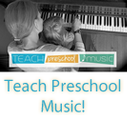
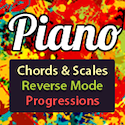
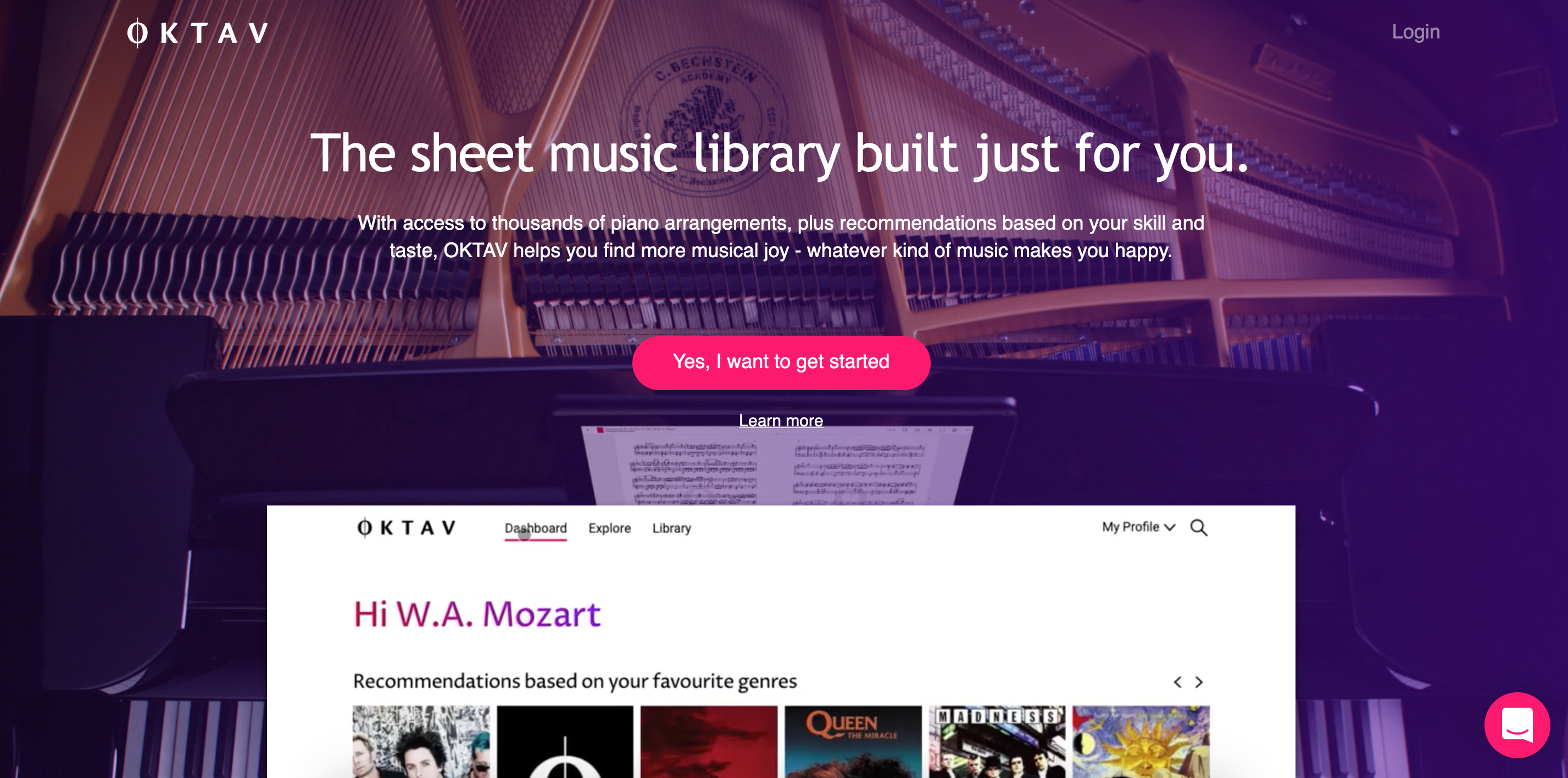

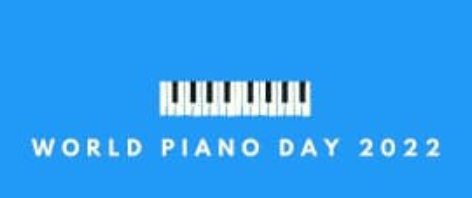
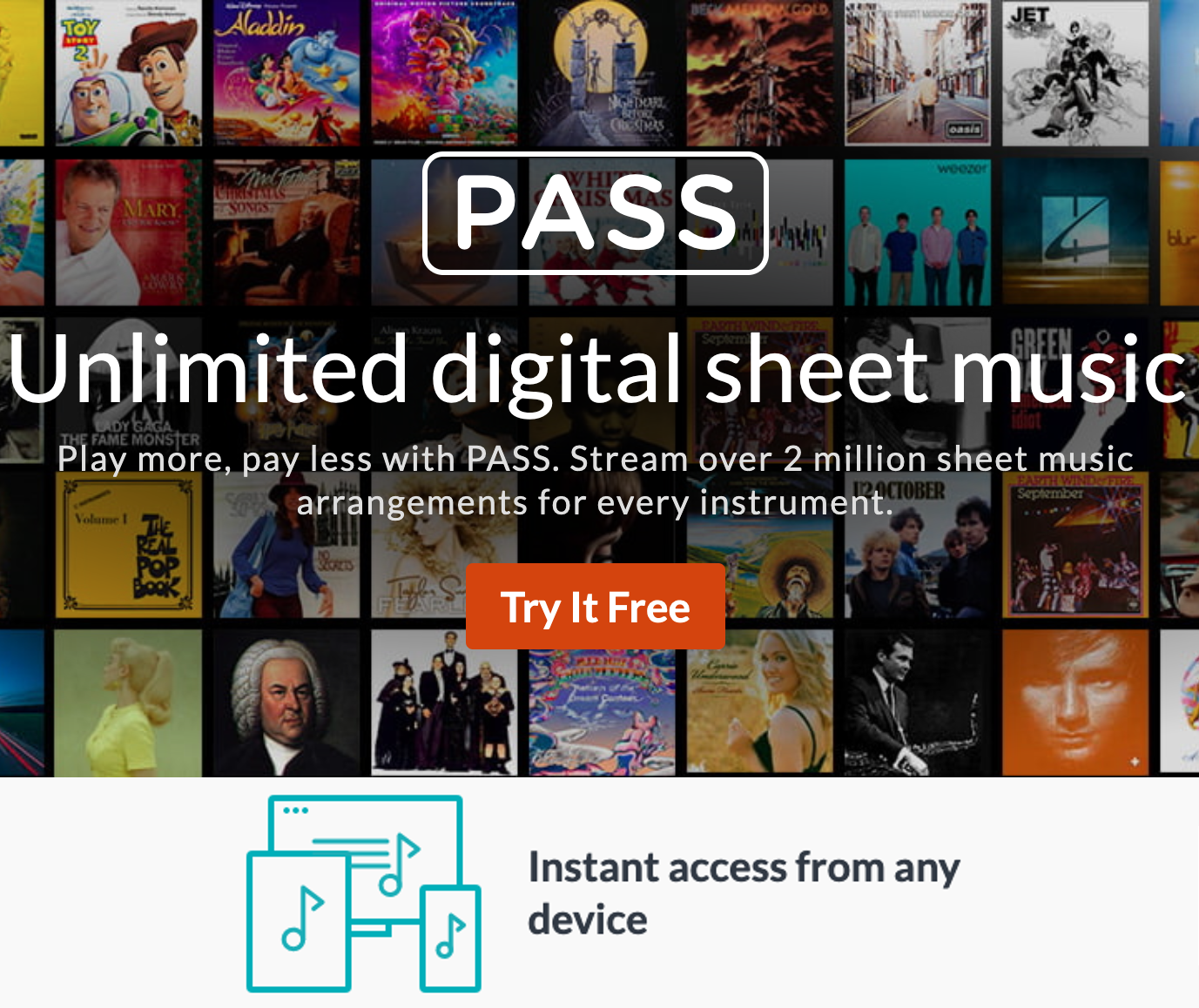


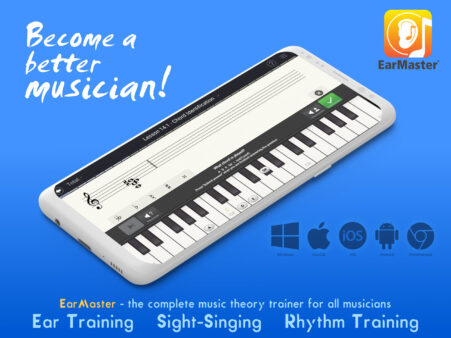
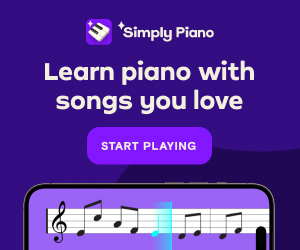


Leave a Reply